As an alternative to conventional medicine, there are numerous medicinal plants, some of which can develop a potential similar to chemical drugs. These include, for example Celandine. Great caution is required when handling celandine. An overdose can lead to toxic phenomena.
Occurrence and cultivation of celandine

The Celandine is known by many synonyms. Further terms are Witch herb, Gold root or Swallowweed. The plant occurs in large parts of Europe. It grows increasingly on calcareous soils and reaches a size of about 70 centimeters. Greater celandine can be found on hedges, fences, walls and in deciduous forests.
The roots are orange in color. A hairy stalk sprouts from them, on which there are leaves at irregular intervals. When the celandine is in bloom, between April and October, yellow flowers develop. These house pods in which the seeds of the plant are located. The celandine is generally considered to be poisonous, with the unpleasant smelling latex containing an even higher concentration of the toxic substances.
Only when dry do the components lose their toxic properties. Nevertheless, the maximum dose was reduced to 2.5 micrograms in 2008. Medicines that have a higher dosage may not be sold in Germany. The effects of celandine have been known since ancient times. However, medical treatment should only be carried out under the supervision of a doctor in order to rule out possible risks.
Effect & application
In the right form and dosage, celandine is suitable for various ailments. Parts of the root and the flowering herb are increasingly used for healing purposes. The plant has numerous ingredients. These include, for example, alkaloids, bitter substances and essential oils. In addition, berberine and sanguinarine can be detected in the plant.
These play a role in the healing effect. Their ability to destroy DNA comes in handy in fighting viruses and bacteria. One of the effects can thus be described as antibacterial. Accordingly, celandine is suitable for treating inflammation such as rheumatism. In addition, the alkaloids succeed in interacting with receptors in the human nervous system and other proteins.
These properties are responsible for the anti-inflammatory, antispasmodic and analgesic effects of the medicinal plant. Chelidonin has two effects. On the one hand, it also has an antispasmodic effect, on the other hand, the substance increases the production of bile. Coptisin is another ingredient in the healing of convulsions. It has a direct effect on the internal muscles.
The use of celandine leads to a relaxation of the muscles, whereupon the intensity of various cramps can be weakened. Aside from internal applications, there are also positive reports about external treatments with celandine. These particularly relate to eczema, ulcers, acne and warts. Thus the effect of the medicinal plant can be recorded as anti-inflammatory, antibacterial, antispasmodic, calming and analgesic.
At the same time, celandine has side effects. Sensitive people may experience gastrointestinal discomfort and itching when ingested. In addition, liver function may deteriorate. Patients with an occlusion of the bile ducts should refrain from the medicinal herb. The same applies to people who have been informed about an existing duodenal or stomach ulcer.
Importance for health, treatment & prevention
The different properties of celandine ensure that the plant is used for numerous complaints. The use of celandine refers to the treatment of existing complaints. The medicinal plant is not suitable for the prevention of diseases. It has different side effects, but is generally considered a useful alternative to conventional medicine for health.
Due to the interplay of coptisin, chelidonin and coptisin, the plant has an antispasmodic and choletic effect in the case of disorders in the digestive tract. The celandine has a relaxing effect on the gall bladder, intestines and stomach. At the same time, existing cramps in this area can be alleviated, so that existing pain is often reduced. The fact that the gallbladder loses its tension is partly due to the loosened muscles.
Most of it, however, is taken over by the increased bile production and evacuation. Berberine and chelidonine are responsible for promoting the elimination of the gallbladder. This results in faster emptying than is normally the case. Accordingly, the celandine is increasingly used for diseases of the gall bladder and liver. Particularly often these are diseases that have arisen due to an impaired flow of bile. In addition to gallbladder inflammation, the active ingredients are also suitable for treating jaundice, gout and liver swelling.
The antispasmodic properties are also used for menstrual cramps, stomach pains, asthma, and irritable and convulsive coughs. A tincture or various tea blends of the celandine is usually used for this. The tea can be made from 2 teaspoons of celandine and 150 milliliters of water. The liquid has to steep for seven minutes.
Applied externally, the medicinal plant helps with skin diseases. These include warts, calluses, and corns. Certain ingredients give celandine a caustic effect. If the yellow juice is applied daily to the affected skin areas, it can dissolve existing warts.
Regular use and the sparing of healthy skin areas are important here. As a diluted juice or tea, the medicinal plant is suitable for eczema, acne and ulcers. As with all medications, self-dosing should not be used. Misjudgments and overdoses lead to toxic symptoms and other complaints.


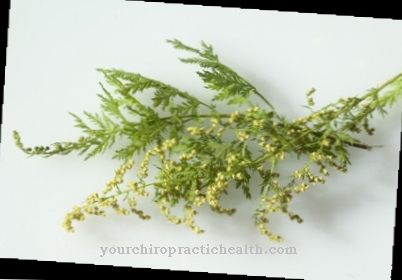
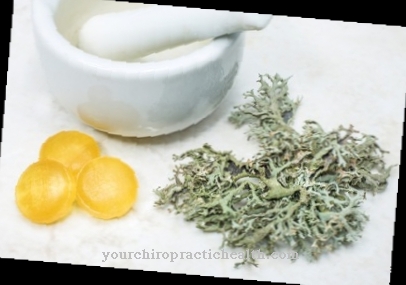
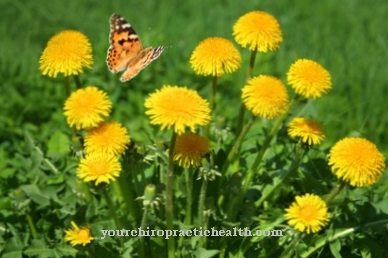
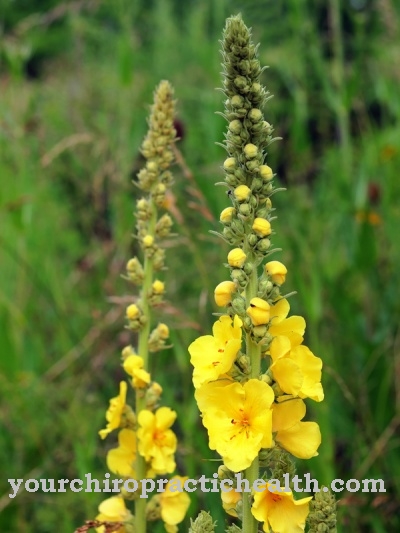
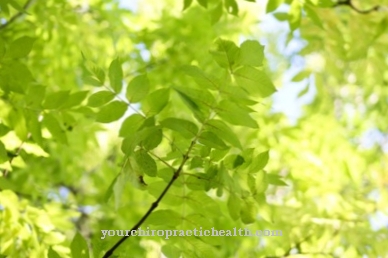


















.jpg)


